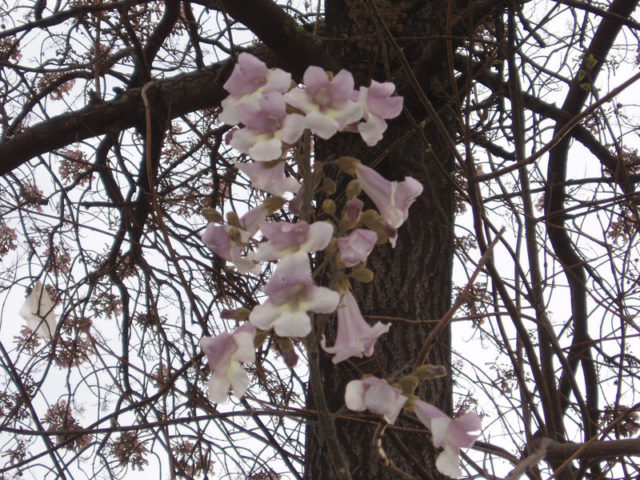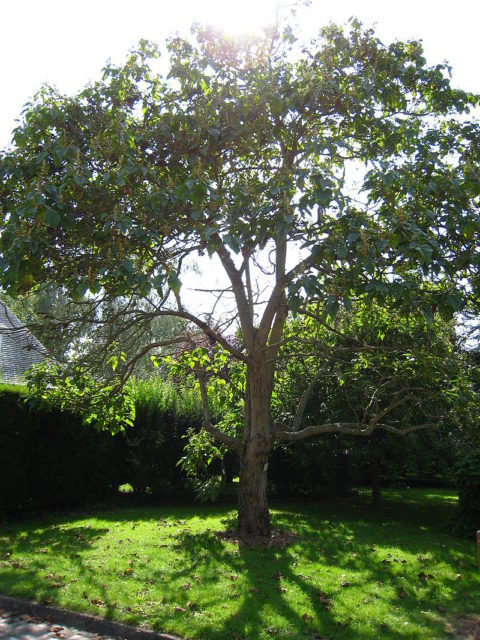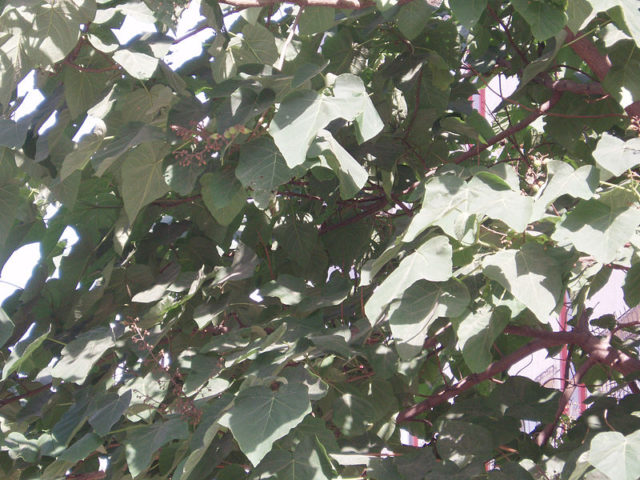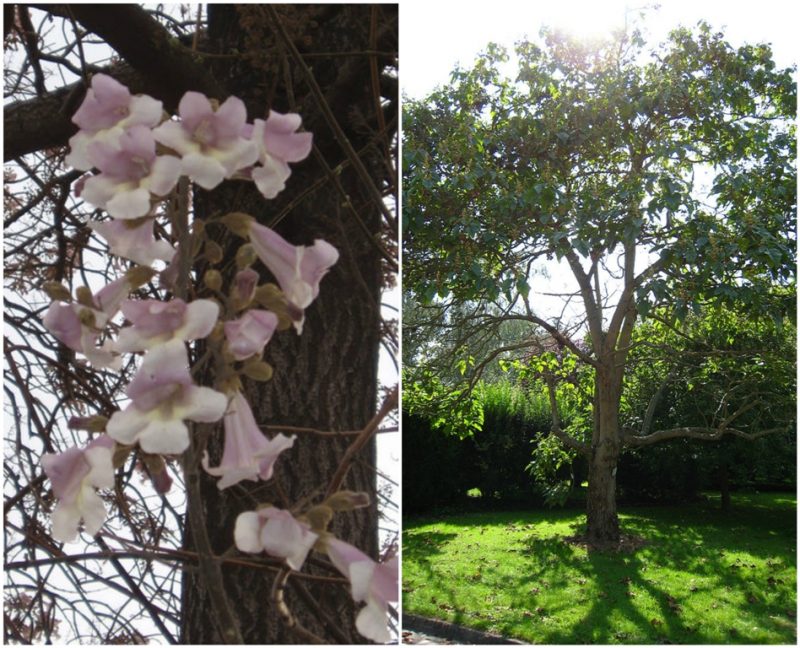Paulownia, also known as the ‘Princess Tree’ or royal Paulownia, is a genus of 6 to 17 spices of flowering plants in the family Paulowniaceae.
It grows rapidly, especially in disturbed places, including steep, rocky slopes that may also be habitats for rare plants.

The name ‘Princess Tree’ was given in honor of Anna Paulowna, queen consort of The Netherlands who was born in 1795 and died in 1865. She was the daughter of Tsar Paul I of Russia.
Paulownia is known in Japanese as ‘kiri’ and as ‘Princess Tree’ because it was once customary to plant a tree of this kind when a baby girl was born, and then to make it into a dresser as a wedding present when she married.

Mature Paulownia trees are often structurally unsound and rarely live more than 70 years.
This tree can reproduce from seed or root sprouts, and the latter can grow to over 5m in a single season. Seeds germinate within a few days on a suitable substrate, growing more quickly and flowering in 8-10 years.

This tree’s wood is very light, fine-grained, and wrap-resistant. It’s the fastest growing hardwood, used for chests, boxes, and clogs.
To grow, the tree needs a lot of light and doesn’t like high water tables. It’s a very good insulator and has a high-temperature resistance.

Presented in China, south or north Laos and Vietnam, the tree has also long been cultivated in eastern Asia for over 1,000 years, notably in Japan and Korea. Today, the tree is used as a body material for low-cost electric guitars and as the core for lightweight touring skis. In China, it is popular for roadside planting and as an ornamental tree.
However, that’s not the only purpose of Paulownia in China. Because of its fast-growing ability, the tree’s flowers are used as nectar, and its leaves to make a good fodder for farm animals.

Some spices of the family Paulowniaceae can be harvested for saw timber in as little as five years. Once they are harvested, the trees regenerate from their own existing root systems.
That’s the reason why these trees are also called ‘Phoenix Trees’.
